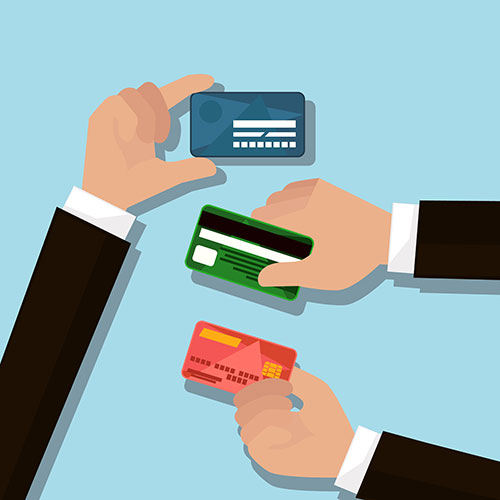Utilizing UV laser engraving, artists can boost glass art to brand-new heights. From deep engravings that develop a responsive experience to surface markings that are much more subtle, the resulting art work can mesmerize and inspire.
To restrict damaging throughout laser inscription, use a slim layer of fluid recipe soap to the surface area of your work surface. This will certainly aid dissipate any kind of warmth brought on by the laser and protect against the inscribing surface area from becoming rough.
Translucency
Glass may look fragile, but it's actually a lasting material. You can discover basilica windows made of glass that are over 500 years old. Glass is also extremely hard and can withstand some hefty lots. It can also be toughened up, that makes it stronger and much more resilient. This allows engraved glass to continue to be looking attractive and undamaged for a long time.
If you're showing your engraved glass, it is suggested to put it on a quality stand or structure. This will certainly make the glass look even more official and distinguished. Another option is to use a light for your display screen. This will certainly brighten your engraved glass, which can really make it sparkle.
When inscribing glass, it is necessary to put on heat-resistant handwear covers. The debris produced during the process is really warm and can trigger burns if you touch it. It is likewise a good concept to operate in a well-ventilated location.
Reflection
The contrasting appearances of sandblasted and clear glass produce distinct visual effects relying on the light. When shown light is directed from the side, darkness cast over the irregular surface area of sandblasted glass, which can improve the perceived texture and include deepness to the style. When backlit, the sandblasted areas of glass are transformed right into a diffused light panel, softly lighting the piece and highlighting its frozen areas.
Engraving is a form of decor on glass utilizing a tool to abrade the surface to leave a mark, from the really easiest diamond-point hand tools to intricate equipment. It is a subset of glass art, along with etching and cut glass.
Till just recently, creating inscriptions was an stunning glass display examples extremely labor-intensive and expensive procedure. The creation of first sandblasting and afterwards laser etching drastically lowered the price of glass engraving, making it possible to buy much more personalized engraved items. It likewise permits the development of designs that can not be created with earlier methods.
Openness
The crystal clarity of etched glass makes it a classy canvas for complex designs that offer both aesthetic and useful functions. Whether it's for decorative art, honors, or customized glass wares, the combination of elegance and feature sets personalized glass besides other imaginative mediums.
Personalized glass is also durable. It can be discovered in sanctuary home windows that have actually made it through for greater than 500 years. It is resistant to one of the most rough wear and tear, making it a long lasting and versatile selection for commercial rooms or domestic homes.
The inscription process utilizes heat to soften the glass and make it flexible enough for pattern imprinting. Relying on the preferred layout, the etching can create message or pictures and can also give them deepness for a 3D result. The contemporary laser inscribing process can work with the surface of the glass along with inside it. This allows for even more detailed pictures than the typical stipple process.
Shade
Engraved glass is a kind of attractive glass with a three-dimensional pattern or photo. It is usually used to produce privacy without blocking light and gives an elegant try to find homes.
The earliest engraving strategy involves incising the style right into glass with a rotating copper wheel fed with abrasives. A lot more modern-day techniques consist of ruby scribing and stipple engraving. The last jobs by tapping an extremely hard, sharp point (typically tungsten carbide) onto the surface of a glass item to make little dots. By varying the thickness of the dots, various tones can be produced, from black to white.
Lasers are the most recent glass inscribing technology. They utilize a concentrated beam of monochromatic light to heat up the glass, which evaporates and cracks it. The laser's precision permits detailed designs, however it is necessary to use a jig or clamps to protect the glass to stop motion that can cause misalignment. This is particularly essential for glass that has been etched or sandblasted.
